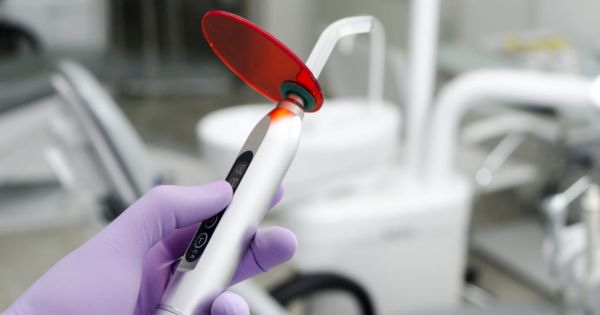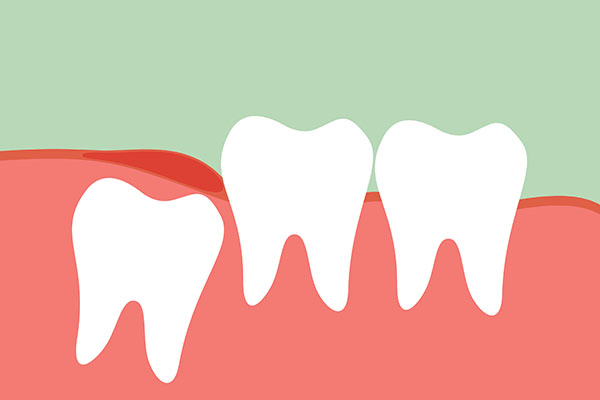How is Digital Dentistry Used?

Digital dentistry has transformed the way dentists operate on a daily basis, and the implementation of digital dentistry technology has made it easy to effectively diagnose patients and treat them in an efficient manner. By understanding how digital dentistry is used, you can feel more comfortable and have more faith in this new technology while at the dentist.
Information on digital dentistry
There are many ways dentists utilize digital technologies in their everyday operations, and it aids in every aspect of dental care. The following is everything one needs to know about digital dentistry, including what it is, how it is used and what the benefits include.
What is digital dentistry?
Digital dentistry is the act of using advanced technology devices to improve the way dental procedures are carried out. In the past, dental procedures have been performed solely through the use of mechanical and electrical tools, rather than using computerized systems of technology to ensure that the process was completed in the most effective manner.
Since the new age of digital technology, the dental industry - like many other medical industries - has greatly benefited from an improved ability to diagnose, treat and even prevent oral health concerns, providing patients with better overall care for a more affordable cost.
Uses for digital dentistry
Digital dentistry involves helping patients catch early signs of oral health concerns, aids in the effective and efficient treatment of patients with various issues and helps with follow-up care after treatment has been administered. Here are a few specific examples of digital dentistry technology that has allowed for more efficient dental practices to be carried out:
- Digital X-rays
- CAD/CAM technology
- Dental lasers
- Optical scanners
Digital X-rays have made it easier for dentists to provide accurate, timely diagnoses to patients by being able to magnify images more efficiently. CAD/CAM technology has given patients the ability to receive restorative care - such as dental crowns - in as little as one visit. And of course, these are only just a few of the many digital technologies available to dentists today.
Benefits of digital dentistry
Many of the benefits of digital dentistry have already been discussed in this article, but here is a list of some other ways digital dentistry has improved the ability of dentists to do their job more effectively:
- More accurate results
- More efficient procedures
- Improved cosmetic effects
- Less invasive procedures
Simply put, digital dentistry has made everyone’s life much easier, both for dentists and patients. Never before have diagnosing an oral health concern, providing treatment and administering aftercare been so easy to carry out in such an effective and efficient manner.
Digital dentistry makes visiting the dentist easier
Visiting the dentist has never been more effortless. With digital technologies, dentists can effectively treat patients in less time. If you are in need of dental work or simply want to learn more about digital dentistry, contact us and schedule a time to come in for a visit to find out how we use digital dentistry to treat you in the most effective manner possible.
Request an appointment here: https://www.drelloway.com or call Randal S. Elloway DDS, Inc at (530) 527-6777 for an appointment in our Red Bluff office.
Check out what others are saying about our services on Yelp: Read our Yelp reviews.
Related Posts
Your third molars are your wisdom teeth. These teeth appear between 14 and 30 years old. Your mouth is not big enough to have two third molars on the upper jaw and another two on the lower jaw. This results in third molars growing in incorrect positions. Infection is a common outcome of wisdom teeth.…
People often have wisdom teeth extraction performed when these teeth come in behind the second molars of the upper and lower jaw. Wisdom teeth appear between the ages of 17-25 and may crowd the other teeth, causing pain and possibly changing the bite of the teeth. Those who undergo an extraction often have questions about…
There are numerous reasons why dental professionals recommend wisdom teeth extraction, and one is to prevent teeth misalignment. Wisdom teeth are the third molars located in the lower and upper parts of the jaw, behind the other molars on both sides. The teeth generally appear years after the other permanent teeth have come up. In…
If your wisdom teeth have begun to emerge, it is time to speak to your dentist. When these teeth are impacted, they can have some serious effects on your oral health. It is important for you to understand the risks these teeth pose and the steps you should take. Your dentist can walk you through…


